The shift linkage system in Ford F150 trucks plays a crucial role in connecting the gear shifter to the transmission system, enabling smooth gear shifts and helping maintain optimal driving speed. This system is also called the gear shift linkage or transmission shift linkage.
However, issues such as damaged bushings, broken shifter cables, loose screws, and overheating can lead to malfunctioning of the system. Below is a detailed explanation of these problems, their causes, and the steps to address them.
Ford F150 Shift Linkage Problems: Causes and Solutions
1. Damaged Bushings
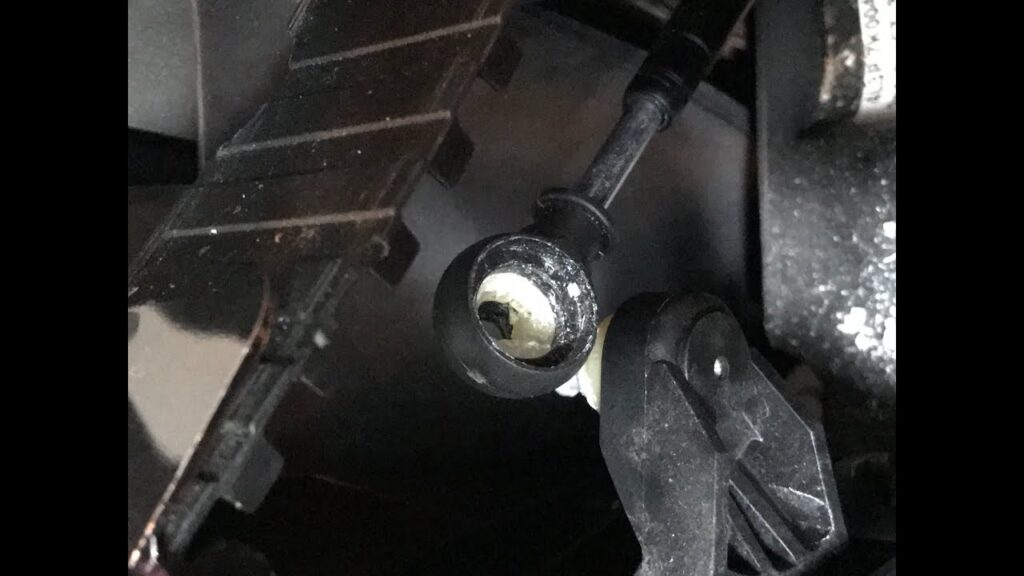
Bushings are critical components that connect the transmission linkage to the shifter cable. Made of rubber, they reduce friction between moving parts and provide front-to-back and side-to-side insulation. When these bushings become damaged, the following issues may occur:
Symptoms of Damaged Bushings:
- Grinding noises due to increased friction.
- Squealing or whirring sounds caused by metal-to-metal contact.
- Difficulty in smooth gear shifting.
Causes:
- Over time, bushings degrade and lose their effectiveness.
- Insufficient lubrication accelerates wear and tear.
- High temperatures during prolonged drives can damage rubber components.
- Heavy loads on the truck bed increase strain on bushings.
Fix:
- Gather tools such as a wrench, lubricant, gloves, and replacement bushings.
- Identify the worn-out bushings by locating the linkage connection.
- Remove the damaged bushings carefully while wearing gloves to protect your hands.
- Install new bushings securely. Ensure they are properly lubricated to minimize friction.
This straightforward process can often be performed at home with essential tools and mechanical skills.
2. Broken Shifter Selector Cable
The shifter cable connects the transmission gear selector to the shifter mechanism. Its role is vital in transmitting driver input from the gear shifter to the transmission system.
Symptoms of a Broken Cable:
- Difficulty in shifting gears.
- Delayed gear changes.
- Gear getting stuck in one position.
Causes:
- Excessive shifting on busy roads can wear down the cable.
- Worn-out bushings increase friction between the cable and surrounding metal parts.
- Exposure to moisture leads to rust, which weakens the steel cable.
- Repeated cable bending causes it to snap over time.
Fix:
- If the gear shifter feels loose or the gears don’t shift, inspect the cable for visible damage or corrosion.
- Disconnect the damaged cable using a ratchet set or similar tool.
- Install a new shifter cable. Ensure it is routed correctly to avoid excessive stretching.
- Test the gear-shifting functionality to ensure smooth operation.
Timely replacement of a broken shifter cable is essential for safe driving, as a stuck gear can prevent you from stopping or starting the vehicle properly.
3. Loose Torx Head Screws
Torx head screws hold the shifter cable securely in place. If these screws become loose, the shift linkage can malfunction, leading to driving difficulties.
Symptoms of Loose Screws:
- Excessive grinding noise during gear shifts.
- The gear shift lever feels loose or unstable.
Causes:
- Prolonged and heavy use of the transmission system can loosen screws over time.
- Vibrations from rough terrain can also loosen fasteners.
Steps to Fix:
- Using a flashlight, open the dashboard and inspect the area above the steering column.
- Use a ratchet wrench to secure the Torx head screws tightly.
- Reassemble the dashboard and test the gear shifter for proper functionality.
Regular inspection of these screws during scheduled maintenance can help prevent this issue.
4. Loose Shift Linkage Roll Pin
The roll pin connects the shifter linkage to the transmission system and ensures proper alignment. When the roll pin becomes loose, the system loses stability.
Symptoms of Loose Roll Pin:
- The shifter lever feels excessively loose.
- Difficulty restarting the vehicle when gears like neutral or park aren’t properly engaged.
Causes:
- Frequent gear changes over time can loosen the roll pin.
- Poor maintenance or manufacturing defects may also contribute to the problem.
Steps to Fix:
- Check for a loose roll pin near the shift linkage connection.
- Since roll pins cannot be tightened effectively, replace them with new ones.
- Consider visiting a service center for precise replacement.
5. Overheating Issues
Overheating in the shift linkage system can cause significant damage to the transmission and related components.
Symptoms of Overheating:
- Delay in gear shifting.
- Burning smell from the steering area.
- Slipping gears while driving.
Causes:
- Inadequate lubrication leads to friction and overheating.
- Increased friction due to worn-out bushings raises the temperature.
Steps to Fix:
- Inspect and refill transmission fluid to the recommended level.
- If bushings are damaged, replace them promptly.
- Regularly service the vehicle and monitor fluid quality.
6. Insufficient Lubrication
Proper lubrication is essential to minimize friction between moving parts in the shift linkage system.
Symptoms of Poor Lubrication:
- Increased noise during gear shifts.
- Overheating and slipping gears.
Causes:
- Low or dirty transmission fluid.
- Lack of regular maintenance.
Steps to Fix:
- Inspect Fluid Levels: Check for sufficient transmission fluid and replace dirty or low-quality fluid.
- Lubricate Parts: Use high-quality lubricant to ensure the smooth functioning of all components.
- Routine Maintenance: Regularly check and top up lubricants as part of a scheduled maintenance plan.
7. Poor Maintenance Practices
Neglecting regular maintenance of the shift linkage system can lead to its premature failure.
Symptoms of Poor Maintenance:
- Increased wear and tear of parts.
- Frequent overheating and noise issues.
Steps to Avoid Problems:
- Service the vehicle as per manufacturer recommendations.
- Use clean, high-grade transmission fluids.
- Inspect key components like bushings, cables, and pins for wear and damage.
Addressing shift linkage problems in Ford F150 trucks involves understanding the common causes, recognizing symptoms, and taking timely action. Regular maintenance, proper lubrication, and prompt replacement of worn-out parts can significantly enhance the system’s longevity, ensuring a smooth and safe driving experience.

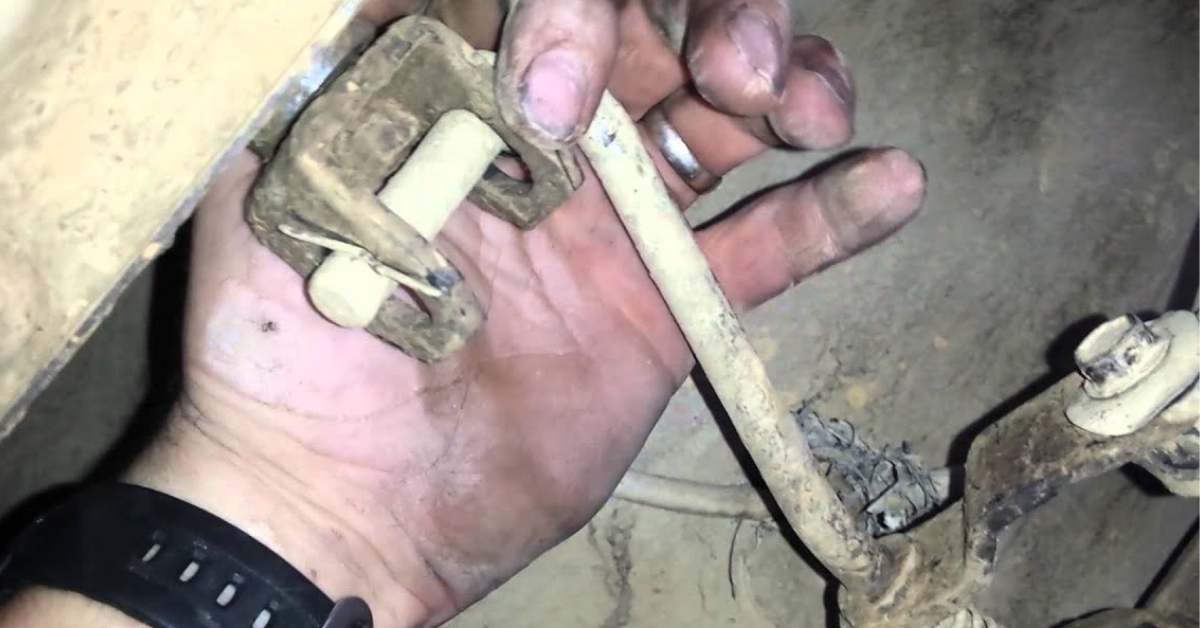
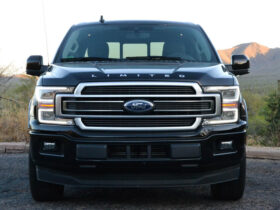
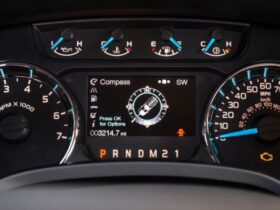
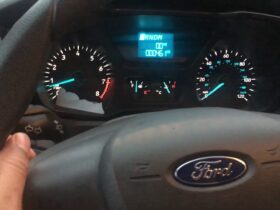
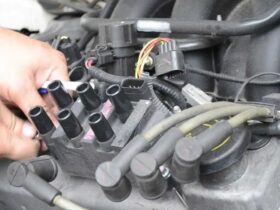
Leave a Reply
View Comments